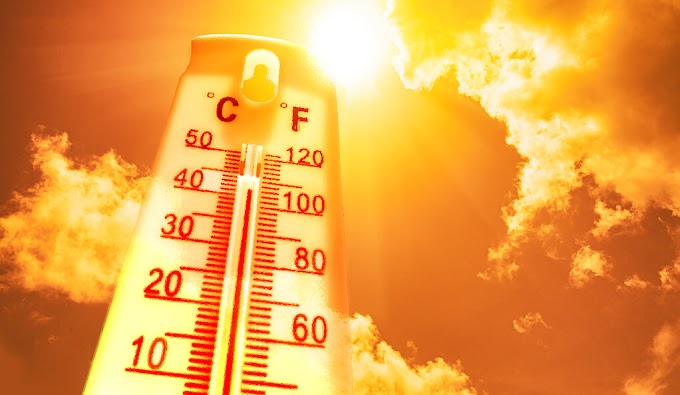Plastic pollution is a major environmental issue that affects our planet. Plastic waste is non-biodegradable and can take hundreds of years to degrade, leading to severe ecological, social, economic, and health problems. According to The United Nations Environment Programme (UNEP), out of 9.2 billion tonnes of plastic generated between 1950 and 2017, almost 7 billion tonnes were converted into plastic waste and abandoned or dumped in landfills. One garbage truck's worth of plastic is discharged into our ocean every minute.
When was the first plastic created?
The first man-made plastic, known as Parkesine, was initially introduced to the public by Alexander Parkes in 1862 at the London International Exhibition.
Since the 1950s, there has been a significant rise in plastic manufacturing, with more than half of it being created since 2004. The industries generated 9.5 billion tonnes of plastic in 2019, and by 2050, it is predicted that yearly global plastic output will surpass 1.3 billion tonnes. Polymers are the primary component of a wide variety of synthetic or semi-synthetic materials known as plastics. Plastics can be molded, formed, or pressed into solid objects of diverse shapes thanks to their fluidity. Its widespread use is a result of its versatility and a variety of other qualities like being lightweight, strong, flexible, and affordable to create.
During World War II, the need to preserve scarce natural resources made the production of synthetic alternatives a priority, and plastic production in the United States increased by 300%. After the war, Americans were ready to spend again, and much of what they bought was made of plastic. Plastics challenged traditional materials and won, taking the place of steel in cars, paper and glass in packaging, and wood in furniture.
World plastic production throughout the years (1950-2019) with the respective global warming impacts (GWIs), (Laura, 2021)
Plastic become a cheap and strong alternative to many other materials but, Why is plastic an environmental problem?
Due to the slow rate of plastic degradation in natural ecosystems, the increase in plastic production has led to significant environmental issues. Additionally, plastic materials are made from polymers that are not abundant in nature, and the enzymes in the microorganisms that break down biodegradable materials do not recognize the bonds that hold polymers together.
Furthermore, plastic materials break down into persistent micron-sized particles (microplastics), which are a threat to the environment. Polymers are broken into tiny pieces by long-term exposure to environmental conditions such as moisture, heat, light, or microbial activity. These minute pieces of plastic are practically everywhere: in the land, the water, and the air. They never fully degrade. They are easily moved because they are lightweight.
Most plastic generated is not recycled; it either ends up in landfills or stays in the environment as plastic. There have been initiatives to address pollution and plastic waste in recent years. Governments and businesses are looking into methods to consume less plastic and recycle more. Researchers are also working to create "green" plastics made from renewable, natural resources like cotton or maize derivatives.
As the world is rapidly moving forward towards net zero commitments by many countries and a goal to achieve a circular economy by 2050, many strategies and plans are being outlined by the United Nations and other climate NGOs to attain the focus of large stakeholders on this ever increasing problem of plastic waste.
The New UN "roadmap" outlines a thorough strategy to significantly reduce plastic pollution, with special emphasis on the importance of better waste management, recycling, and the creation of sustainable substitutes.
By 2040, the UN wants to reduce plastic pollution by 80%. The CNN story offers more information about the strategies and options suggested by the UN Environment Programme (UNEP) to meet this challenging goal.
The report also focuses on three main market shifts needed to create a "circular" economy that keeps produced items in circulation as long as possible: reuse, recycling, and reorientation of packaging from plastic to alternative materials.
Every year on June 5th, World Environment Day serves as an exceptional platform for raising awareness and taking action against plastic pollution. "Beat Plastic Pollution," the 2023 World Environment Day theme, emphasizes the urgent need for group actions to address this catastrophe. Companies like Self Help Africa have gotten behind the subject, raising awareness and promoting eco-friendly behavior.
When will plastic pollution end?
Whether plastic pollution can ever be eliminated entirely is a complicated issue. While a complete ban on plastic may be difficult, its environmental impact can be greatly diminished by organized global initiatives. The manufacture of plastic must be decreased, waste management systems must be improved, recycling rates must increase, and sustainable alternatives must be promoted.
Sources:
- Laura (2021): Capture and Reuse of Carbon Dioxide (CO2) for a Plastics Circular Economy: A Review
- New UN ‘roadmap’ shows how to drastically slash plastic pollution
- The world can cut plastic pollution by 80% by 2040, the UN says. Here’s how
- World Environment Day 2023: Beat Plastic Pollution


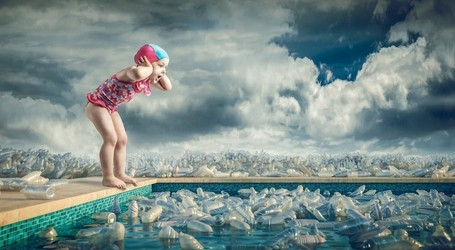


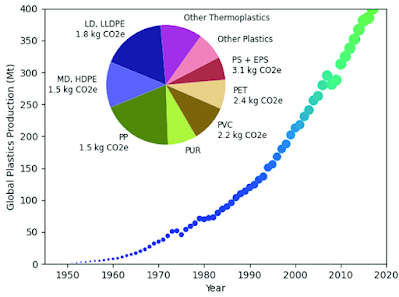
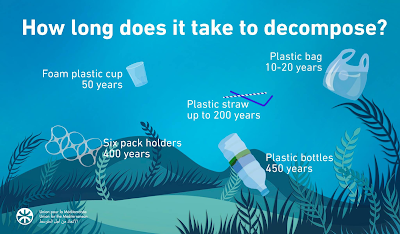
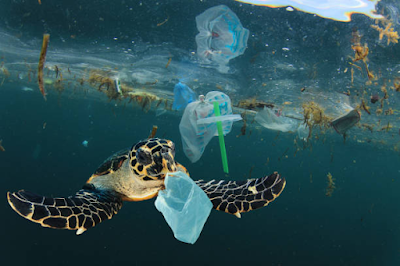
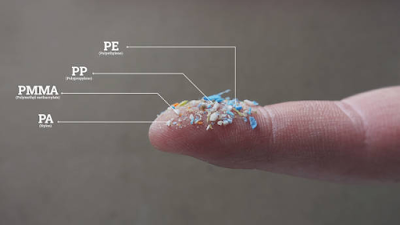
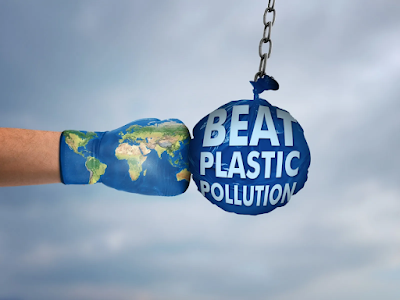

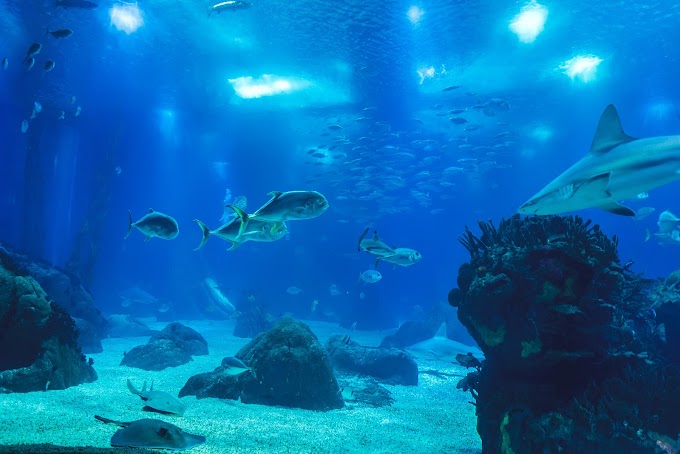
.png)

